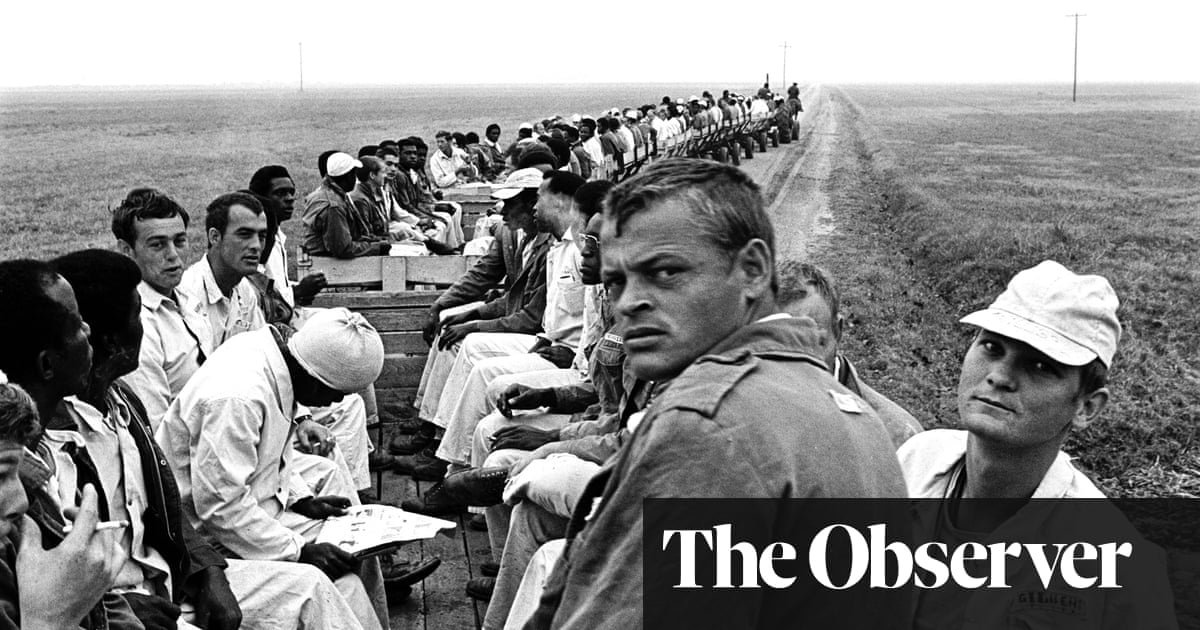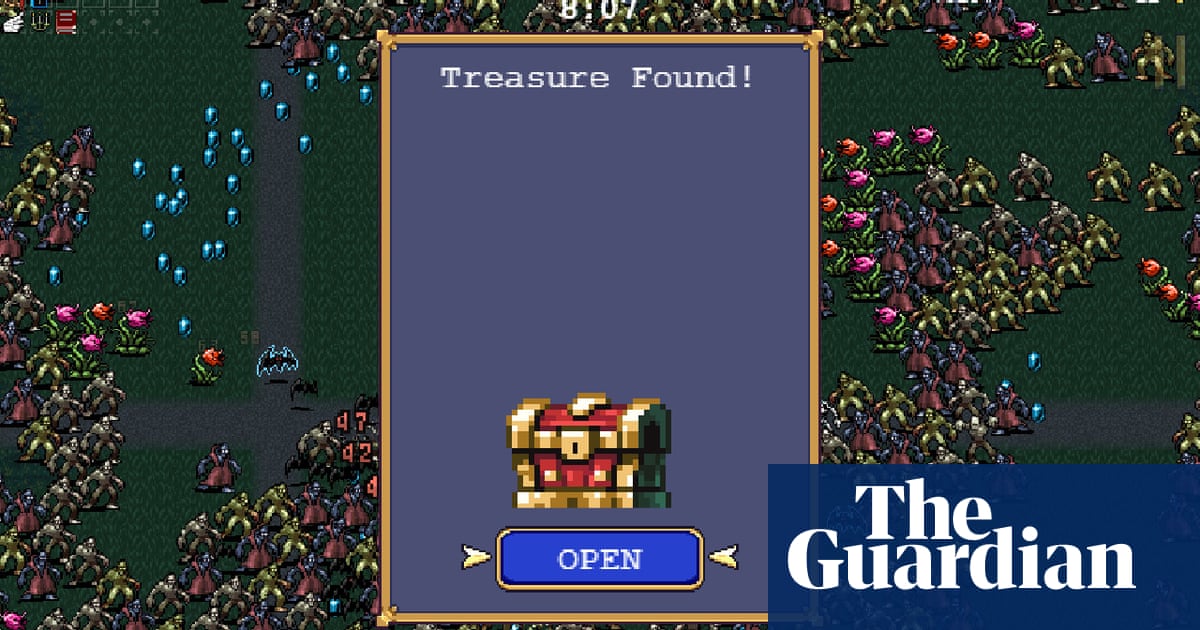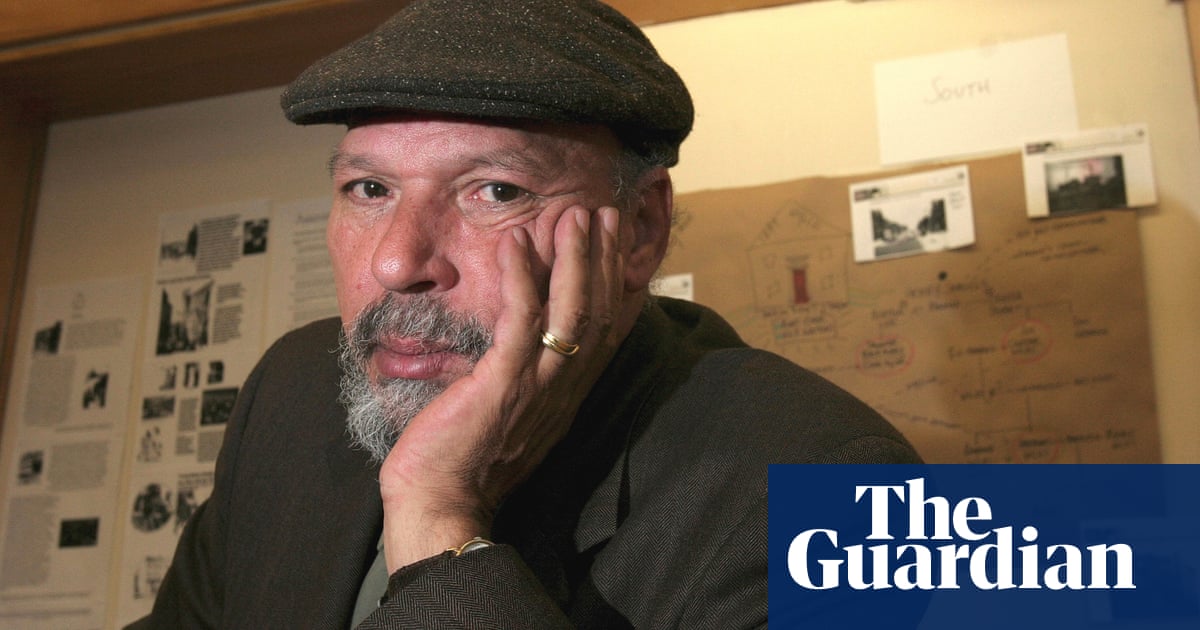
his was a four-year journey for us,” film-maker Emmett Malloy tells the Guardian of his ambitious new documentary that aims to tell the story of Christopher Wallace, more famously known as the Notorious BIG. He was murdered at the age of 24 in Los Angeles and a week away from the 24th anniversary if his death, Biggie: I Got a Story to Tell is landing on Netflix.
Malloy partnered with Biggie’s estate manager Wayne Barrow, and the late rapper’s 68-year-old mother, Voletta Wallace in order to bring to fruition a true representation of the rapper’s real upbringing – the glorious moments and the glorified.
Biggie, himself, has become a sempiternal emblem in hip-hop culture even if many of his now fans were not of age during the 90s when he reigned over the early days of rap in Brooklyn, New York. Outside of trying to capture his larger-than-life stage persona, the most daunting challenge for Malloy was gaining the trust from his estate and mother. Biopics of the rapper have previously been seen as inaccurate portrayals of both his personal story and his musical career and Malloy wanted to make sure he didn’t make the same mistakes.
He traveled to Voletta’s home in Pennsylvania to build a firm bond with her, something he deemed pivotal for the production of the Netflix film. “I was sitting at lunch with Miss Wallace at a Red Lobster near her home and we talked about her son” said Malloy. “That meeting gave the estate the trust that we needed and then the real work began, from then on forward was the more complex part.”
With Voletta’s approval, Malloy had the green light and access to never-before-seen archival footage from Biggie’s 1995 Ready to Die tour from videographer and best friend, D-Roc (Damion Butler). These raw camcorder clips showcase the sensational lifestyle of a young 22-year-old as a 90s rap star, from many hotel travels to frenetic concert tapings to candid conversations between close friends allowing the audience to see Biggie in a way no one has ever seen him before. “D-Roc had the most foresight with his tapes of everything during Biggie’s rise,” said Malloy. “He held on to this footage for all these years and felt the right moment for him to feel comfortable to share was now.”
The film focuses on the rapper’s cultural and childhood memories and importance of his Jamaican roots. Malloy first began filming in Jamaica to focus on an element of Wallace’s background that may have not been shared in earlier narratives. It provided a sense of context in contrast to Wallace’s gritty lifestyle in New York where his mother, Voletta later relocated. “In the chronological storyline of our film, I wanted to start in Jamaica to go where he truly began to learn about the roots of Christopher’s life,” Malloy said.
He reveals that Wallace was a huge admirer of jazz music in his teenage years and the genre heavily inspired his flow and adlibs. Wallace was educated in jazz by the famous saxophonist Donald Harrison who describes Wallace’s rhythm as similar to the striking and staccato of a percussion instrument. “There was this incredible life and talking to Donald Harrison about listening to jazz music with him and the intelligence that this young kid had made it easy for me to tell a beautiful story,” said Malloy.
Throughout Malloy’s direction and depiction of Christopher Wallace’s early life, there are various interviews with dearest friends that vividly explain Wallace’s necessity to “hustle” that eventually steered him down the road of contraband and drug trafficking. Living in the 80s and 90s in New York, Wallace noticed there was an even faster way to financially support his small family and that was through these illegal practices that consumed a huge aspect of his young adult life. In 1992, Wallace was discovered by Sean Combs (Puff Daddy at the time), in the Source Magazine’s Unsigned Hype column and this recognition raised his profile and led to his most famous 1996 Puff Daddy collaboration, Mo Money Mo Problems.
“Puff Daddy was important in speaking to this era, the more famous era of Biggie,” said Malloy. “We had talked to all of Biggie’s friends from growing up so that when Puff was able to watch some of that footage, he was really able to get into the emotions of what we were telling and the story we were telling. We were able to get what I felt was a very intimate interview with him.”
The documentary also highlights Biggie’s scandalous rivalry with Tupac Shakur who used to be his best friend. The media frenzy that provoked this fallout between the pair was completely manipulated according to Malloy. “I was shocked to figure out that most autobiographies and documentaries about Biggie’s legacy were dedicated to the beef and that felt like a huge error to me,” said Malloy.
“The media perpetuated ideation of what this beef was because it wasn’t a beef between these two individuals in a way,” Biggie’s former manager Wayne Barrow said to the Guardian. “This is a man who was dealing with another man who was his friend. They had a great relationship until others got involved and infiltrated what was a beautiful connection. At the end of the day, they both lost their lives. Although tragic, this story is about the life of Christopher and Emmett was able to take you back to what the story’s point was in terms of the film, the person who was keeping you stuck in a mind state of the tragedy for not just Christopher, but also Tupac.”
After changing his name from Biggie Smalls to Notorious BIG to avoid any sort of lawsuits, he was beginning to receive recognition on a global scale after the release of his albums Ready to Die and Life After Death. Both were hugely popular even though Wallace discussed themes of suicide and the harsh realities and struggles behind his rise to fame. The albums have become immortalized in the Rock & Roll Hall of Fame long after his murder in 1997.
Although, Wallace’s murder remains unsolved, that isn’t the thrust of Malloy’s documentary and instead he chooses to focus on the personal, exposing a wider audience to how ordinarily special Christopher Wallace was in terms of his dreams and aspirations and the impact he’s had. “Everywhere I went, there was a Bob Marley mural up all through Jamaica and you sit there and absorb what an impact his music had in the stories that he told,” said Malloy. “Here it is again, I’m in Brooklyn and there are murals and BIG everywhere. He is on that level of an artist who now has seeped into the psyche of the world and he’s an icon. Now, Brooklyn is put on the map and BIG will be forever the face of Brooklyn, which is incredible.”
Biggie: I Got a Story to Tell is now available on Netflix












